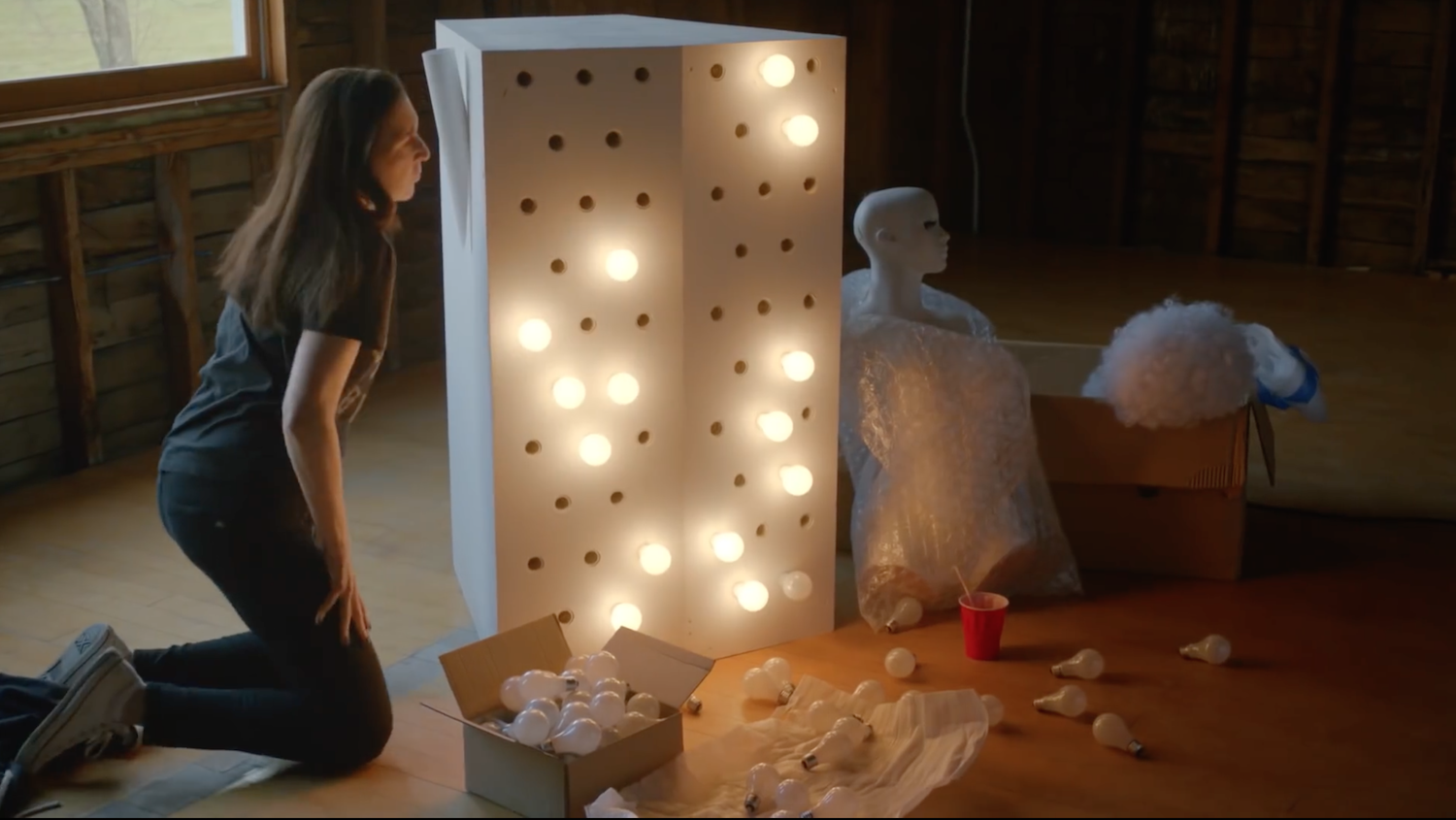A New Artists U Survey Aims to Help Artists Get the Resources They Need by Andrew Simonet
No one knows how artists are doing.
How do artists survive and thrive? How do we put our work out there? What’s most important to us?
Very little is known about our lives and work. No one even knows how many artists are in the United States. The government’s Current Population Survey labels you “artist” if you earned most of your income last month from your art. That misses the vast majority of U.S. artists, since most of us have a range of revenue streams: day jobs, selling art, teaching work, freelance gigs, fundraising, etc.
I think ours may be the least understood profession in America.
There are consequences to that. Well-meaning people want to help artists, but they know surprisingly little about us. Grant programs, fellowships, arts districts, government agencies, and universities make decisions about cultural resources without a broad understanding of how we live.

Artists U wants to change that. We want to undertstand how Baltimore artists actually live and make art.
We made a survey. And we are asking you, dear artists, to share your experiences and insights with us:
[button color=”green” size=”normal” alignment=”center” rel=”follow” openin=”samewindow” url=”https://www.surveymonkey.com/r/BaltimoreNextStepsSurvey”]Artist Survey[/button]
Interesting (preliminary) data point #1
Our first 200 survey responses have already pointed to some compelling (preliminary) results:
86% of Baltimore artists say finding more audiences beyond Baltimore is a priority.
I will say, as someone who works with Baltimore artists all the time: I didn’t know that.
Community-based visual artist Ashley Minner and I run Artists U. We offer free, artist-run workshops and one-on-ones. Since 2011, we’ve worked intensively with over 400 artists (Building a Sustainable Life as an Artist, our all-day workshop), and done shorter workshops with another 400 artists (Grant Writing for Artists, Cultivating Opportunities Beyond Baltimore, etc). Artists U doesn’t charge for workshops. We don’t make artists apply for our programs. We always focus on adding resources and capacity to the artist community.
This is one time we need your input and help, and we don’t ask it lightly.
Interesting (preliminary) data point #2
On our survey, we ask: how have you learned about making a life as an artist? The most popular answers by far:
Other artists (83%)
Trial and error (84%)
No other response got above 50%. Most artists receive little or no training about surviving as an artist. The most important leaders in arts and culture—artists—are building their work and lives with little connection to professional frameworks, conversations, or trainings.
Artists U has convened a group of fellow artists, activists, and arts professionals who work to help Baltimore artists thrive. We are thinking long-term and across disciplines to take our work to the next level. To do that, we need to know more about what Baltimore artists do to thrive and how Baltimore artists define success. What helps you? What matters to you? What’s difficult? What’s next?
[button color=”green” size=”normal” alignment=”center” rel=”follow” openin=”samewindow” url=”https://www.surveymonkey.com/r/BaltimoreNextStepsSurvey”]Artist Survey[/button]
Need more convincing?

Many artists have said taking our survey was a useful moment of reflection, making space to think about priorities and accomplishments. As one wrote: “I love the survey. We artists need to be reflecting on all the questions you asked if we want to move forward and do something other than be a starving artist.”
We made the survey based on artists’ strengths and goals, not on our needs and deficits. If you are alive and making art in America, I think you are already massively successful. In Artists U, and in this survey, we begin from that success and look to build balanced, sustainable lives with real impact.
We can use the survey results to advocate for more, better, and more equitable resources for artists.
Interesting (preliminary) data point #3
Asked to define success in terms of audience, our survey artists (so far) overwhelmingly chose:
Depth: audiences connecting deeply to my work (4.41 out of 5)
Exhibitions/performance/readings in community settings (4.20 out of 5)
You’ve read this far, so, obviously, you have a few minutes. Take the dang survey. We will be so grateful.
Andrew Simonet is a writer and choreographer in Philadelphia, the founder of Artists U, and the author of Making Your Life as an Artist. His debut novel Wilder will be published this November.






